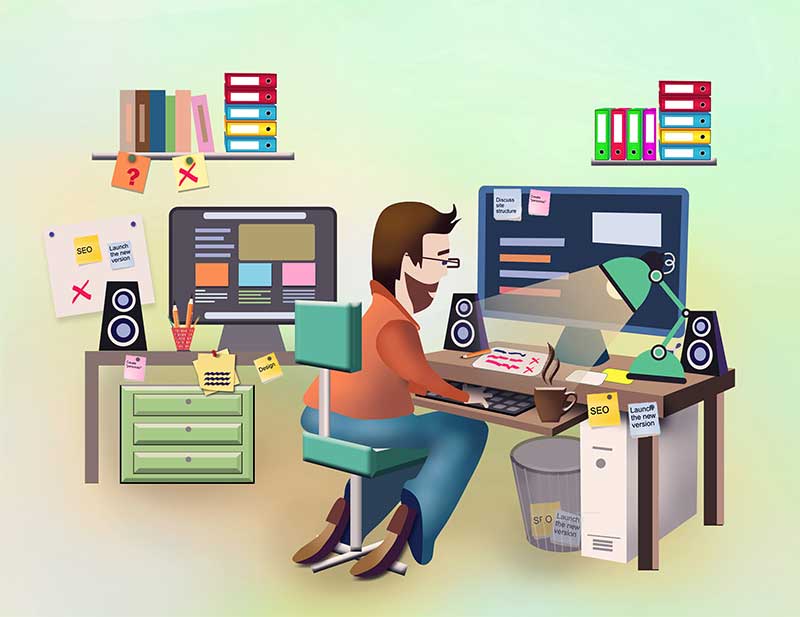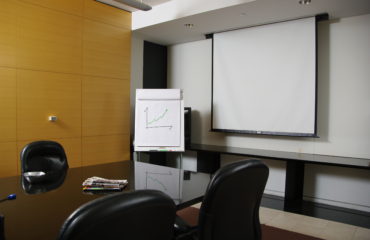If you’re starting a new business, chances are you’re also launching a new website. You might be asking yourself, “Do I really need a website?” The short answer is, “Yes.” See Does My Business Need a Website. You might also be asking yourself, “What goes into building a website?”
Let’s take a look at the major stages in creating a website. There’s more to it than you probably think.
1. RESEARCH: Here at Optimum Systems Online (OSO Web Studio), we start by investigating your competition and studying your field of business to figure out what type of website will be most effective. We meet with you to hear your ideas and what you’re looking for in a website.
2. CONTENT: Some people choose to write their own content. This works on some occasions, but ideally you’ll want to leave the writing to the professionals, particularly because web writing involves using call-to-action techniques and the incorporation of keywords for Connecticut search engine optimization (SEO). Content drives the design. Once we’ve gathered your content – web copy and images – the design can be created to best showcase your content.
3. PRELIMINARY DESIGN: Wire frames or Sketches are produced. Wire frames are the basic organization of your written content into sections, no color or special effects, just the positioning of your elements to show you how they’ll fit together. During this stage, conversion points are determined. Depending on your line of business, your site might include conversion points for signing up for a newsletter, a phone call to the business or a way to purchase products.
4. DESIGN: Here’s the fun part. We come up with static and dynamic pages. Static pages include your evergreen content such as “About Us,” “Terms and Conditions” and “Contact Us.” Dynamic pages host your rich content and call for more complex design. Depending on the type of business, you might need just a few static pages or several. Let’s say you own an online shop. You’ll need a category page, product page, checkout page. Depending on your services you may need multiple dynamic checkout pages for credit card input, billing information, shipping address, final review of order and final confirmation.
5. PROGRAMMING: There are two stages in building the backend of a website. See more on website development. First, we figure out which content management system (CMS) will work best for this particular website. Then, we install the CMS template. This involves installing modules for things like newsletter sign-ups, payments and SEO.
6. TESTING: Finally, it’s time to go through the entire web site and test it for SEO, making sure the most effective key words, title tags, and friendly links are used.
There’s a lot that goes into making a unique and efficient website. Fortunately, at OSO, we love the whole process from start to finish. We are located in Danbury, Connecticut and would be happy to discuss your future website. Call us at (203) 942-2883.





